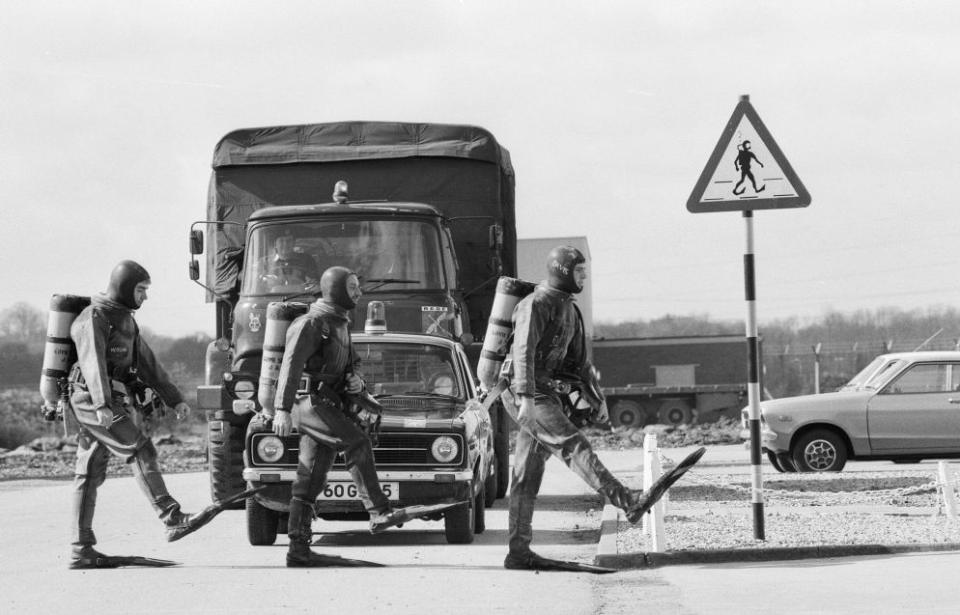The Navy SEALs are among the most highly-regarded Special Operations forces in the United States, only made more illusive by stories of their various units, such as SEAL Team Six, who are basically legends. These elite servicemen, however, are actually based on a much earlier unit that arose during the Second World War: Underwater Demolition Teams (UDTs), also known as “Frogmen.”
UDTs saw action throughout the conflict, as well as during the Korean War and on other special assignments before the Navy SEALs were created. It wasn’t until the mid-1950s that the SEALs came about and, even then, they adopted many of the UDTs’ strategies, training and tactics.
The predecessor to the Frogmen
While the Navy SEALs were modeled after the UDTs, the UDTs themselves started off as something else. In May 1943, the US Navy formed Naval Combat Demolition Units (NCDUs), under Lt. Cmdr. Draper Kaufman, to eliminate beach obstructions. They achieved this by traveling ashore in inflatable boats prior to the launch of amphibious assaults.
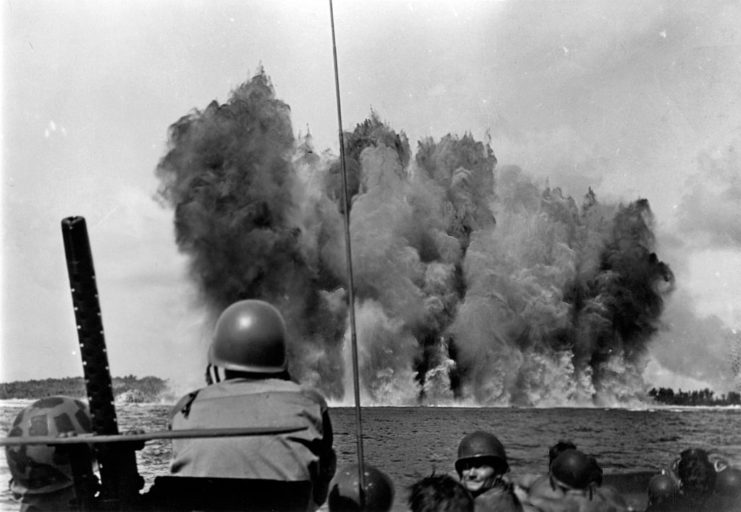
Unlike the Frogmen that would would come after them, the NCDUs were never expected to operate at length within the water. Instead, they used rubber rafts and wore fatigues, combat boots and steel helmets. As they weren’t intended to operate in deep water, they weren’t the strongest of swimmers. That being said, they were in excellent physical shape.
The NCDUs, which trained alongside the Scouts and Raiders in Fort Pierce, Florida, were made up of five men, who were led by a junior officer. Their major feat during the Second World War occurred amid the Allied landings of Operation Overlord.
Naval Combat Demolition Units (NCDUs) on D-Day
Over 30 NCDU teams trained with combat engineers in advance of the D-Day landings. They were tasked with eliminating German costal defenses, as well as Cointet-elements (Belgian Gates) and hedgehogs, which had been observed during advanced reconnaissance. The defenses were reconstructed, so the units could practice how to destroy them.
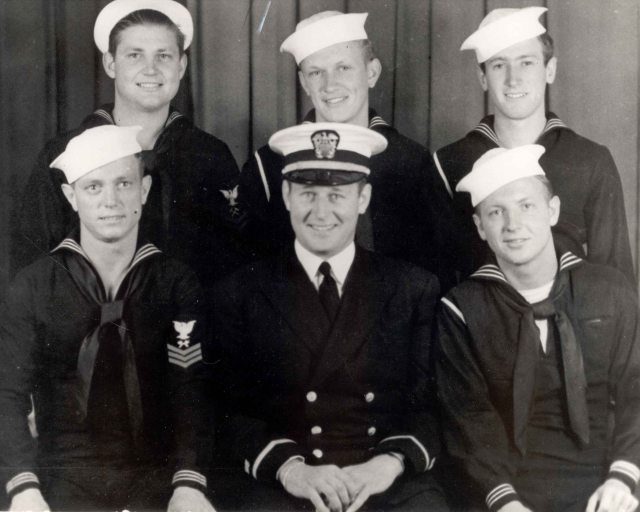
On D-Day, the NCDUs landed and cleared numerous 15 meter corridors for troops on both Omaha and Utah Beach. They were somewhat effective, but were impeded by German fire coming from guns that were supposed to be destroyed. They were able to open many of the clearings they were assigned to, but, during their landing on Omaha Beach specifically, did so with a 52 percent casualty rate.
American casualties during the Battle of Tarawa
Although the use of NCDUs on D-Day was generally considered effective, it wasn’t until the Battle of Tarawa that the program’s value was seen. At Tarawa, US forces were met with heavy Japanese opposition and, therefore, heavy losses. The high amount of casualties was partially the result of obstacles in the water, which either drowned troops outright or made them open targets for enemy fire when their landing craft couldn’t reach the shore.
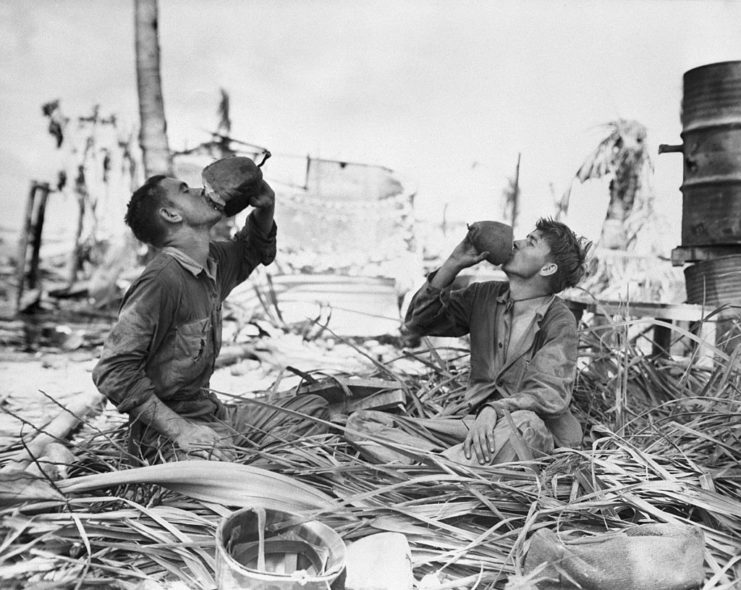
Rear Adm. Richmond K. Turner was the Navy’s expert on all things water, commanding the V Amphibious Corps throughout the Pacific. To Turner, the losses at Tarawa, despite the US victory, showed just how much the American forces could benefit from clandestine underwater reconnaissance and obstacle demolition before troops made amphibious landings.
The first Frogmen teams
After Tarawa, the first true Underwater Demolition Teams were formed. Turner was directed to create them, pulling most of the men from the NCDUs. They trained at Amphibious Training Base (ATB) Waimānalo and were considered to be “provisional units.”
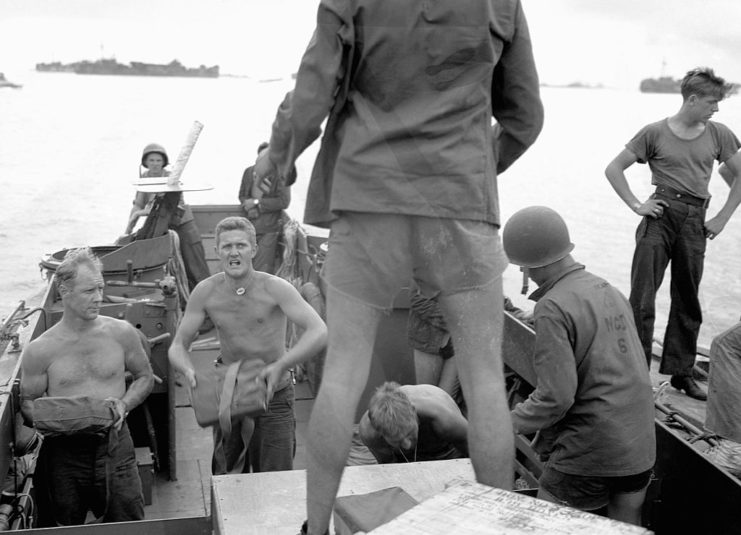
They proved their value to the Navy soon enough. Their first successful mission was in the lead up to the Battle of Kwajalein. Two Frogmen were sent by Turner to gather intelligence. Unlike the NCDUs, who primarily operated on the water, they decided to go right in it. They entered the mission wearing only swim trunks and were highly successful, leading to the adoption of the UDTs’ classic uniform of swim trunks, fins and masks.
Frogmen were given intensive training on things beyond demolition, such as swimming without making a splash and how to swim without their legs and arms going above the water. They also learned exactly how to turn their heads to stop the sun reflecting on their masks and how to paint their bodies to camouflage themselves in the water.
Involvement in the Pacific Theater
The Frogmen were used in many large scale attacks toward the end of the war, including those in the Mariana Islands and during the Battle of Saipan. Leading up to both, they gathered intelligence on the depth and contents of the water, and used fishing line and buoys to map out safe paths for troops to follow, all of which they did in the light of day with little to no cover.
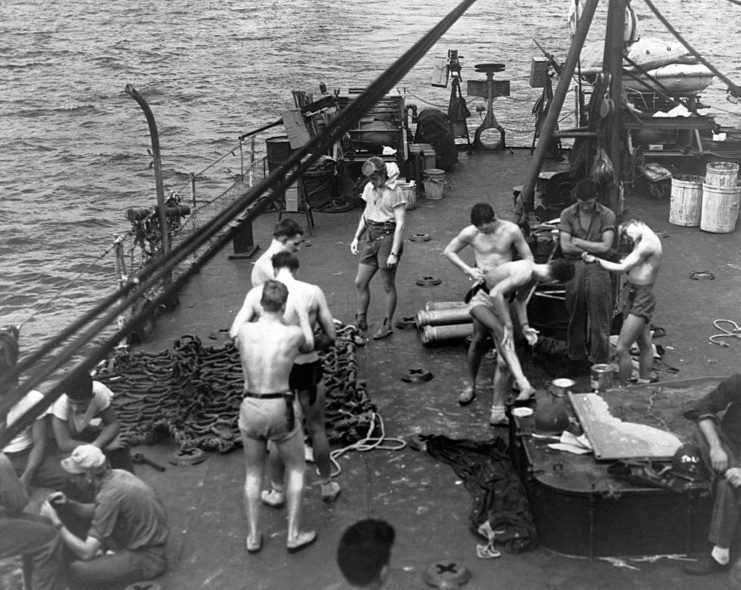
Their largest engagement during the war was the Battle of Okinawa. Eight teams, totalling almost 1,000 men, were used for demolition. This included the removal of pointed poles set into coral reefs, reconnaissance and staging fake landings to throw off Japanese intelligence. This mission was particularly dangerous because of the freezing water temperatures.
Frogmen worked alongside NASA
At the end of the Second World War, the UDTs weren’t disbanded. In fact, they were one of the only Special Forces teams from the conflict to not be. They were involved in many different missions in the years after, including along the coast of Korea and while nuclear testing was being conducted under Operation Crossroads.
They even worked with NASA. In fact, UDTs were involved with the space agency as early as May 1961, when they trained the Mercury Seven team to safely exit their capsules after an ocean landing.
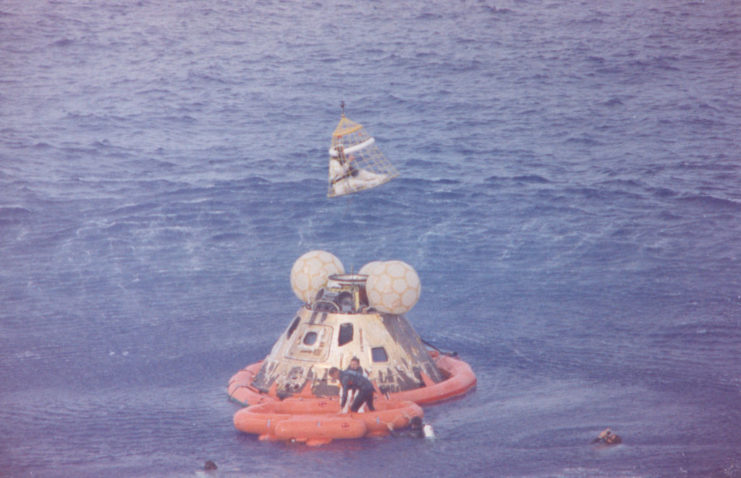
Frogmen were never supposed to be on-site for the landing – their job was to train the astronauts. However, after astronaut Gus Grissom of Mercury-Redstone 4 nearly drowned, the rest of the capsules were greeted by UDTs. Following this, the Mercury, Gemini and Apollo flights were greeted by Frogmen who put a floating ring around the capsules and set up life rafts, which the astronauts exited onto.
Creation of the Navy SEALs
By the middle of the 1950s, the Cold War was in full swing. The Frogmen had taken on the role of “unconventional warfare,” moving further away from their original focus of in-water operations. To remedy this, it was decided a new force would be created, which would also train in land combat skills and parachuting. The decision was supported by US President John F. Kennedy.
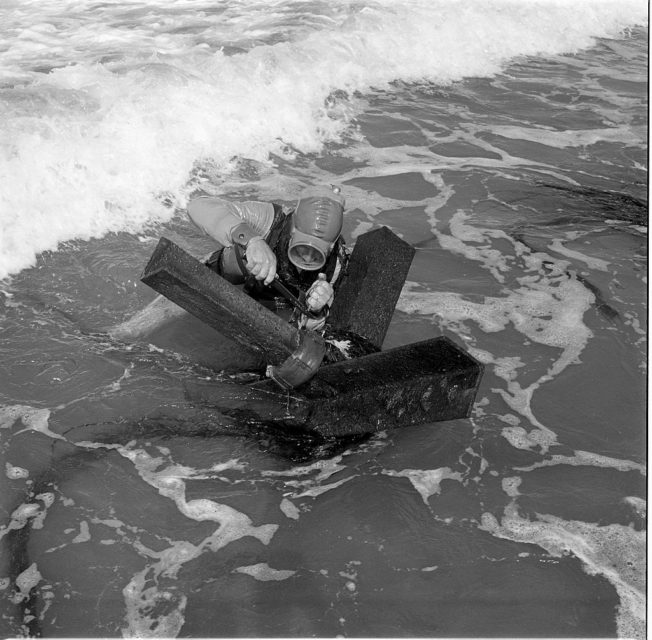
More from us: Teresio Martinoli: The Italian Ace Who Flew for Both Sides During WWII
It was these teams that became the first Navy SEALs in January 1962. At the time, there were still UDTs active throughout the United States, but, by 1983, they’d all been reorganized into SEAL teams. While these teams earned themselves a fearsome reputation during the Vietnam War and beyond, their roots cannot be forgotten.
